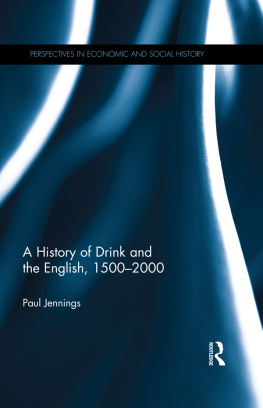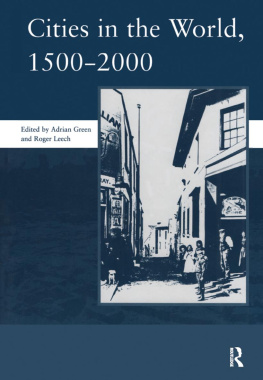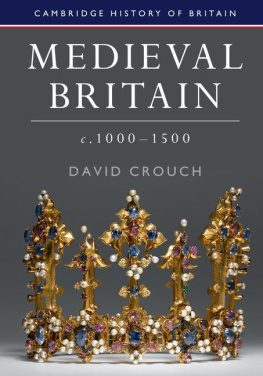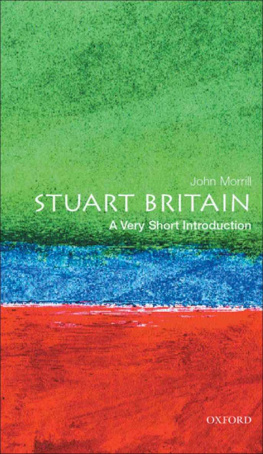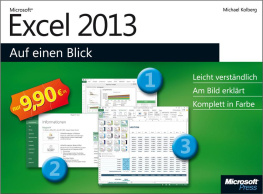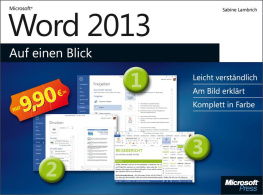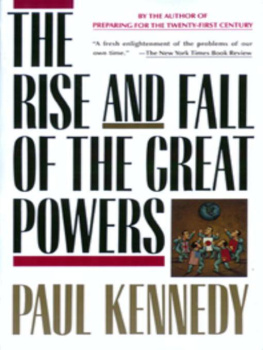Early Metallurgical Sites in Great Britain
Early Metallurgical Sites in Great Britain
BC 2000 to AD 1500
Edited by C. R. Blick
The Institute of Metals
1991
First published 1991 by The Institute of Metals
Published 2017 by Routledge
2 Park Square, Milton Park, Abingdon, Oxon OX14 4RN
711 Third Avenue, New York, NY 10017, USA
Routledge is an imprint of the Taylor & Francis Group, an informa business
1991 The Institute of Metals
All rights reserved. No part of this book may be reprinted or reproduced or utilised in any form or by any electronic, mechanical, or other means, now known or hereafter invented, including photocopying and recording, or in any information storage or retrieval system, without permission in writing from the publishers.
Notice:
Product or corporate names may be trademarks or registered trademarks, and are used only for identification and explanation without intent to infringe.
British Library Cataloguing in Publication Data
Early metallurgical sites in Great Britain: B. C. 2000
to A. D. 1500.
I. Blick, C. R. II. Institute of Metals
669.09361
Library-of-Congress-Cataloging-in-Publication-Data
applied for
ISBN 13: 978-0-901-46284-8 (pbk)
Design by Jeni Liddle in association with
PicA Publishing Services
In 1986 The Historical Metallurgy Society established an Archaeology Committee with the aim of providing a forum for the learned discussion of archaeometallurgical problems. Early in the life of the committee a request was received from the American Society for Metals for a list of sites of importance in the history of metallurgical development in Britain, Sadly it was realised that no such list existed, and if such a list were produced it would be a mammoth task taking some years to complete.
To reduce the effort to manageable proportions, and after discussion with American friends, it was decided to produce a list of important archaeologically authenticated sites pre-dating the time that Columbus crossed the Atlantic. David Cranstone produced an initial list and then prospective authors with detailed knowledge of the sites were approached for their views.
At this stage Charles Blick, the Conservation Officer of the Historical Metallurgy Society, was co-opted on to the committee and given the task of commissioning the articles on the individual sites which are presented in this volume. With characteristic vigour, Charles Blick produced guidance notes for the authors, edited the manuscripts and obtained much of the illustrative material and in all these tasks he was ably assisted by Peter Crew and David Cranstone, whilst Chris Salter prepared the material in a form suitable for publication. Professor R.F. Tylecote was a founder member of the Archaeology Committee and took an active part in the initial discussions leading to the preparation of this volume. It is sad that he is no longer with us to see the task completed. We are grateful to these gentlemen and the individual authors for their efforts.
I hope that the volume which has been produced will be of interest to all those who wish to see the visible remains of the work of the early metallurgists who did so much to advance the materials base of our civilisation.
Professor Jack Nutting
Chairman of The Archaeology Committee
The Society wishes to thank most sincerely the following authors and establishments whose contributions have made this book possible, and acknowledges with gratitude the permission granted to quote from published material.
Royal Archaeological Institute, Dr G. Astill, C.R. Blick & J. Blick, Dr B.C. Burnham, Cambridge University Library, Dr H.F. Cleere, D. Cranstone, P. Crew, Mrs J. Day, N. Dibben, G. Downs Rose, R. Ellam, D. Gale, Dr T.A.P. Greeves, W.S. Harvey, J.S. Hodgkinson, S.J.S. Hughes, N. Johnson, Professor G.D.B. Jones, C.A. Lewis, Dr J.G. McDonnell, Miss J. Massey, The National Trust, D. de L. Nicholls, Great Orme Exploration Society, Peak District Mines Historical Society, J. Pickin, Professor N. J. G. Pounds, Professor P. Rahtz, C.J. Salter, R.T. Schadla-Hall, M. Davies-Shiel, Dr E. A. Slater, Somerset County Council Planning Department, I.J. Standing, Dr P. Swinbank, S. Timberlake and Dr L.M. Willies.
Unless otherwise credited, the drawings are the work of Miss J. Massey, based on the illustrations produced by the individual authors, to all of whom the Society is much indebted and acknowledges permission to reproduce. The abbreviation 'NGR' has been used for 'National Grid Reference' throughout the text.
| NAME/LOCATION OF SITE | TYPE OF SITE | DATING |
| 1. NEWBRIDGE, East Sussex | Site of the earliest British blast furnace | AD 1496 |
| 2. TAW RIVER, Devon | Tin blowing mill | 15th Cent. |
| 3. PUZZLE WOOD, Forest of Dean, Gloucestershire | Iron ore mine | 2-4th Cent. |
| 4. DOLAUCOTHI, Pumpsaint, Dyfed | Gold mine | Roman |
| 5. BORDESLEY ABBEY, Redditch, Worcestershire | Monastic metal working area | 12th Cent. |
| 6. CWMYSTWYTH, Copa Hill, Dyfed | Copper ore workings | Early-Middle Bronze Age |
| 7. BRYN Y CASTELL, Ffestiniog, Gwynedd | Iron smelting site | Iron Age |
| 8. ALDERLEY EDGE, Cheshire | Copper ore workings | Bronze Age |
| 9. BRANTWOOD, Cumbria | Bloomery | 14th Cent. |
| 10. BROWNGILL, Cumbria | Lead/silver ore workings | 11-12th Cent. |
| 11. PEAK DISTRICT, Derbyshire | Lead ore smelting sites | Roman |
| 12. LOSTWITHIEL, Cornwall | Duchy Palace and Stannary | 13th Cent. |
| 13. CHARTERHOUSE-ON-MENDIP, Somerset | Lead ore workings | Roman |
| 14. LEADHILLS, Lanarkshire and WANLOCKHEAD, Dumfriesshire | Gold workings, lead later | 15th Cent. |
| 15. GREAT ORME HEAD, Llandudno, Gwynedd | Copper ore working | Bronze Age |
(Distribution map shown on p. 10)


